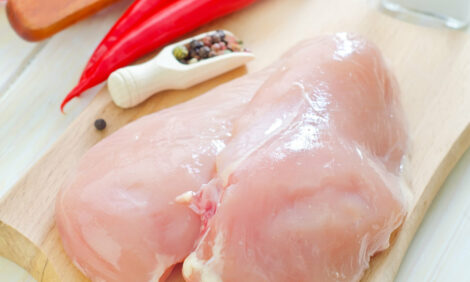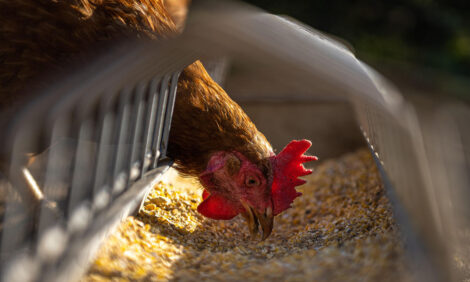



Gene Expression Changes after <em>E. coli</em> Infection
Differences in immunological gene expression were detected between mild and severe pathology groups in commercial broilers, according to E. Balfanz, E. Sandford, M.G. Kaiser and S.J. Lamont in a paper in Iowa State University Animal Industry Report 2011.Chickens infected with avian pathogenic Escherichia coli (APEC) have reduced production and livability. Gene expression in response to APEC infection was assessed in four genes; interleukin-1β (IL-1β), IL-6, IL-10, and Granzyme A (Gzm A). Differences in expression were deduced between challenged and non-challenged birds, and between birds with a mild and severe response to infection. These genes may be useful candidates for future research into breeding for resistance against APEC.
Introduction
APEC causes millions of dollars in lost production every year. Current methods of control include utilising good biosecurity practices and treating birds with antibiotics. Concern over antibiotic use in food animals has led to a greater push to increase disease resistance through genetics and breeding. Birds with differing responses to infection exhibit differences in their expression of immunological genes. Interleukins are signaling molecules that are produced by, and act on white blood cells. Granzyme A is a protease that helps trigger programmed cell death in infected cells.
Materials and Methods
Commercial male broiler chicks were purchased at one day of age. At four weeks of age, non-vaccinated birds were either challenged with APEC or given a control treatment.
Necropsy took place at two time-points: one and five days post challenge. At necropsy, internal lesion scores were assessed to determine pathology of challenged birds, mild or severe infection. This created six unique groups; non-challenged day 1, non-challenged day 5, challenged mild day 1, challenged mild day 5, challenged severe day 1, and challenged severe day 5.
Spleen samples were collected and RNA isolated from four replicates of the six groups, 24 samples in total. Gene expression was assessed by quantitative PCR using SYBR Green and 28s ribosomal RNA as a housekeeping gene. A standard curve was generated using a serial dilution for each gene. Observed C(t) values were adjusted to correct for the starting amount of RNA and reaction efficiency. Two models were used in this study, one utilizing all samples to assess challenge, and one utilizing only challenged samples to assess pathology. Replicate was included as a random effect. Tests were performed using the Fit Model procedure in JMP. Interactions with p-value less than 0.10 were excluded.
Results and Discussion
Challenged birds had a significant increase in expression of IL-1β and IL-6, indicative of an increased pro-inflammatory response due to infection. Birds with severe pathology had significantly higher levels of expression of IL-6 and IL-10 than birds with mild pathology. Gene expression on day 1 was higher than on day 5 for both IL-6 and IL-10 in the challenge model. This trend was also seen in IL-6 and IL-10 in the pathology model. The only significant interaction was between pathology and day for Gzm A, with severe pathology higher at day 1 and mild pathology higher at day 5.
| Table 1. Effect of challenge and day on spleen gene expression (p-values) using challenged and non-challenged samples | ||||
|---|---|---|---|---|
| IL-1β | IL-6 | IL-10 | Gzm A | |
| Challenge | 0.006 | 0.003 | 0.117 | 0.319 |
| Day | 0.169 | 0.004 | 0.017 | 0.267 |
| Rep (Random) | 0.182 | 0.280 | 0.756 | 0.797 |
| Table 2. Effect of level of pathology and day on spleen gene expression (p-values) using 16 challenged samples | ||||
|---|---|---|---|---|
| IL-1β | IL-6 | IL-10 | Gzm A | |
| Pathology | 0.249 | 0.031 | 0.018 | 0.785 |
| Day | 0.432 | 0.003 | 0.011 | 0.231 |
| Rep (Random) | 0.036 | 0.124 | 0.073 | 0.623 |
Increased knowledge about gene expression patterns in response to infection allows for more detailed research into breeding for disease resistance. These results demonstrate differences in expression can be detected between mild and severe pathology groups in a commercial population.
Acknowledgements: Research supported by NRI USDA grant no. 2008-35604-18805. E. Sandford supported by USDA National Needs Fellowship grant no. 2007-38420-17767. E. Balfanz supported by NSF-REU
February 2011








